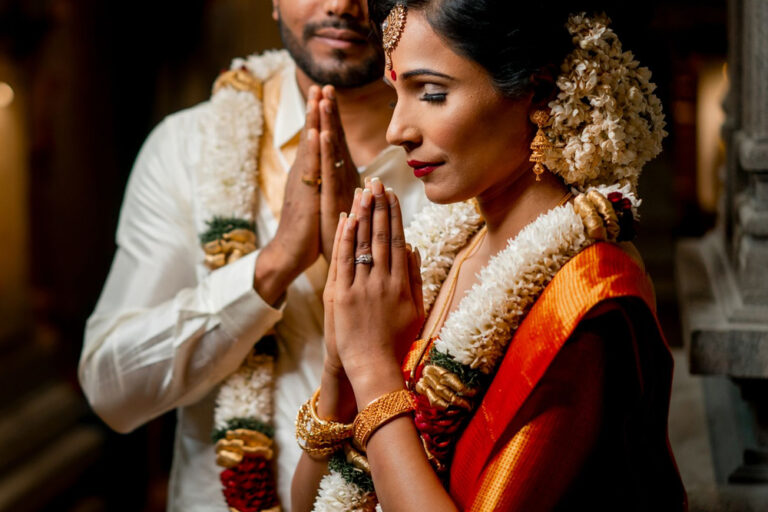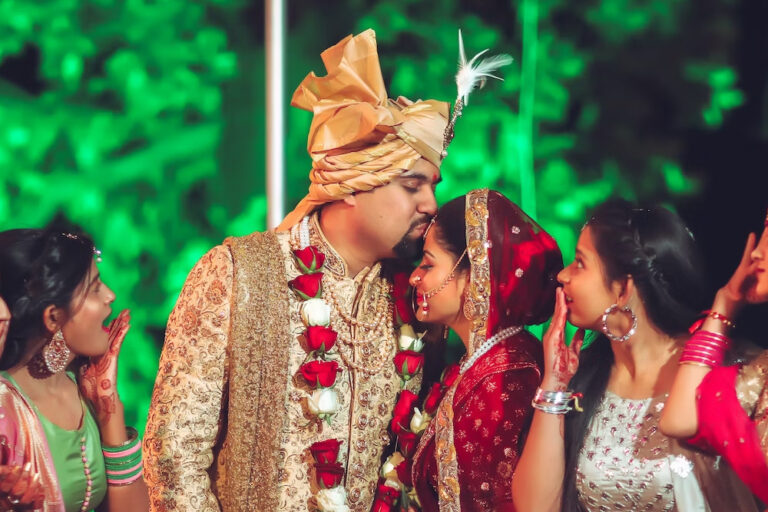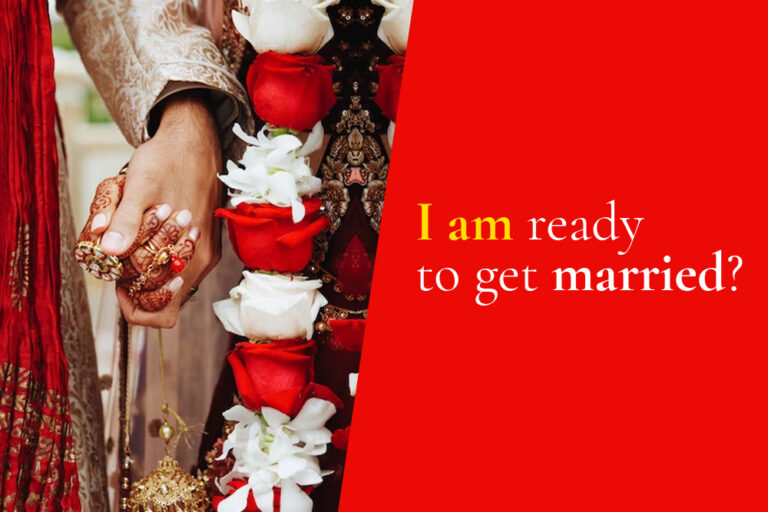How Can Users Be Identified and Verified on Matrimonial Sites?
Users on matrimonial sites can be identified and verified through email and phone verification, uploading government ID for manual or automated checks, linking social media profiles, photo verification with live selfies or videos, professional background checks, activity monitoring, user feedback, peer endorsements, and implementing two-factor authentication.
Ensuring the authenticity of profiles on matrimonial sites is crucial for building trust and safety among users. Here are several methods to identify and verify users effectively:
1. Email and Phone Verification
- Email Verification: Upon registration, users are required to verify their email addresses by clicking on a verification link sent to their inbox. This helps confirm the validity of the email provided.
- Phone Verification: Users must enter a valid phone number and verify it through a one-time password (OTP) sent via SMS. This ensures that the phone number is active and belongs to the user.
2. Identity Document Verification
- Government ID Upload: Users can be asked to upload a scanned copy or photo of a government-issued ID such as a passport, driver’s license, or Aadhaar card. The site’s team can manually verify the document to confirm the user’s identity.
- Automated ID Verification: Advanced platforms use AI and machine learning to automatically verify the authenticity of the uploaded ID documents, comparing the details with the profile information.
3. Social Media Integration
- Social Media Profiles: Linking social media accounts like Facebook, LinkedIn, or Instagram can help verify a user’s identity. This adds an extra layer of credibility as social media accounts often contain personal history and social connections.
- Activity Analysis: The activity on social media profiles, such as posts and interactions, can be analyzed to ensure they are genuine and not created solely for verification purposes.
4. Photo Verification
- Profile Photo Verification: Users may be required to upload a photo holding a sign with a specific code or performing a specific action. This confirms that the person in the profile photo matches the one in the verification photo.
- Live Photo or Video Verification: Some platforms might use live photo or video verification where users are asked to take a selfie or record a short video in real-time, ensuring their likeness matches their profile pictures.
5. Background Checks
- Professional Background Checks: For premium users, matrimonial sites might offer professional background checks that verify employment history, education, and other relevant details.
- Criminal Record Checks: Some services provide options for checking criminal records, ensuring that users have a clean background.
6. User Behavior Monitoring
- Activity Monitoring: Continuous monitoring of user behavior on the site can help detect suspicious activities. Algorithms can flag profiles showing unusual activity patterns, such as sending multiple messages in a short time or using inappropriate language.
- Reporting and Feedback: Allowing users to report suspicious profiles and providing feedback helps the platform take corrective actions swiftly.
7. Community and Peer Verification
- References and Endorsements: Some matrimonial sites ask for references from family members or friends who can vouch for the user’s identity and character.
- User Ratings and Reviews: Implementing a system where users can rate and review each other can help build a trustworthy community. Positive interactions and endorsements add to the credibility of a profile.
8. Two-Factor Authentication (2FA)
- Additional Security Layer: Implementing 2FA adds an extra layer of security. Users must enter a second form of identification, such as a code sent to their phone or email, when logging in or making significant changes to their profile.
9. Regular Profile Updates
- Encouraging Updates: Encouraging users to regularly update their profiles and provide recent photos helps maintain the accuracy and authenticity of the information.
- Activity Encouragement: Actively engaged users who frequently update their status or profile information are more likely to be genuine.
Conclusion
Identifying and verifying users on matrimonial sites is essential to create a safe and trustworthy environment. Implementing a combination of verification methods, from basic email and phone verification to advanced ID checks and social media integration, can significantly reduce the risk of fraudulent profiles. Continuous monitoring, user feedback, and community engagement further enhance the reliability of the platform, ensuring that users can confidently search for their life partners.











